Regular seasonal AC tune-ups can prevent unexpected breakdowns while keeping your energy bills lower throughout the year.
Nobody wants their air conditioner to break down during the hottest day of summer. Unfortunately, AC breakdowns often happen at the worst possible times when your system is working hardest. The good news is that most sudden failures can be prevented with simple seasonal maintenance.
These routine check-ups catch small problems before they become expensive repairs. They also help your system run more efficiently, which means better cooling and lower electric bills.
In this article, we'll walk you through everything you need to know about seasonal AC maintenance. You'll learn what professional technicians check during a tune-up, how much it costs, and why this small investment can save you hundreds of dollars in emergency repairs.
Let’s break down the key points you should consider:
- What is a seasonal AC tune-up and why it matters
- What's included in a standard AC tune-up?
- Benefits of routine seasonal maintenance
- How much does a seasonal AC tune-up cost?
Whether you're dealing with your first summer in a new home or you've been putting off maintenance for too long, this guide will help you keep your cool all season long.
What is a seasonal AC tune-up and why it matters
A seasonal AC tune-up is a planned maintenance service that prevents problems before they start. This service differs from repairs, should be scheduled at specific times, and follows a simple cost-saving principle.
The Difference Between a Tune-Up and a Repair
A tune-up is preventive maintenance that we perform before problems occur. During a tune-up, technicians clean parts, check connections, and replace worn components.
A repair happens after something breaks. We call for repairs when our AC stops working or performs poorly.
Key differences:
- Tune-ups are scheduled in advance
- Repairs are emergency calls
- Tune-ups cost less than repairs
- Repairs often happen at the worst times
Tune-ups catch small issues before they become big problems. A loose belt found during maintenance costs $50 to fix. The same belt breaking during summer heat can damage other parts and cost $800.
When to schedule your AC maintenance
We should schedule seasonal maintenance twice per year. The best times are spring and fall when the weather is mild.
Spring maintenance prepares our system for summer heat. Technicians check refrigerant levels and clean coils. They also test the system before we need it most.
Fall maintenance gets our system ready for winter shutdown. This service includes cleaning and protecting parts from cold weather damage.
Many manufacturers require proof of seasonal maintenance to keep warranties valid. Missing scheduled maintenance can void our warranty coverage.
The $5000 rule: Why early action can save you thousands
The $5000 rule is simple: spending $200 on maintenance can prevent $5000 in major repairs. This rule shows why preventive care matters.
Regular maintenance prevents these expensive problems:
- Compressor failure - $2500 to $4000
- Coil replacement - $1200 to $2000
- Full system replacement - $3000 to $8000
A seasonal tune-up costs $150 to $300. Major repairs cost thousands and happen during peak demand when prices are highest.
Systems without regular maintenance fail three times more often than maintained units. They also use 15% more energy, increasing our monthly bills.
What's included in a standard AC tune-up?
A professional AC tune-up covers three main areas of your system. We focus on cleaning and checking the mechanical parts, calibrating controls and replacing filters, and inspecting all electrical connections and moving parts.
Cleaning coils, checking refrigerant, and tightening connections
Coil cleaning is one of the most important parts of any tune-up. We clean both the evaporator coils inside your home and the condenser coils outside. Dirty coils make your AC work harder and use more energy.
The evaporator coils collect dust and dirt from your home's air. When they get dirty, they can't absorb heat well. The condenser coils outside get clogged with leaves, grass, and dirt.
Refrigerant levels need to be just right for your AC to work properly. We check if you have enough refrigerant and look for leaks. Low refrigerant means your AC can't cool your home well.
We also test the refrigerant pressure. Too much or too little pressure can damage your system. If we find a leak, we locate it and recommend repairs.
Tightening connections keeps your AC running safely. Loose connections can cause parts to vibrate and wear out faster. We check all the connections between pipes, fittings, and components.
Thermostat calibration and filter replacement
Thermostat calibration makes sure your AC turns on and off at the right times. We test if your thermostat reads the correct temperature. A thermostat that's off by even a few degrees can waste energy.
We check both digital and manual thermostats. We also test the wiring between your thermostat and AC unit. Bad wiring can cause your AC to run when it shouldn't.
Filter replacement is simple but important. We remove your old filter and put in a new one. Clean filters help your AC move air better and keep dust out of your system.
Dirty filters make your AC work harder. They also let dust build up on your coils and other parts. We recommend changing filters every 1-3 months depending on your home.
Inspecting electrical components and motor function
Electrical components need regular checking to prevent breakdowns. We test all the wires, switches, and safety controls. Bad electrical parts can cause your AC to stop working or even create fire risks.
We check the electrical connections at your outdoor unit. We also test the capacitors that help your AC motors start. Weak capacitors are a common cause of AC problems.
Motor function testing covers all the moving parts in your system. We check the fan motors that move air through your home. We also test the compressor motor that pumps refrigerant.
We listen for unusual noises and feel for vibrations. We check if the motors are getting too hot. We also make sure the fan blades are balanced and secure.
Motor problems often start small but can cause expensive damage if we don't catch them early.
Benefits of routine seasonal maintenance
Regular seasonal maintenance delivers three key advantages that protect your investment and comfort. We prevent costly emergency repairs during hot weather, boost your system's efficiency to lower monthly costs, and help your equipment last years longer.
According to an analysis of 7,700+ residential HVAC units from Second Nature, homes that maintained regular filter replacement experienced nearly 40% fewer service calls—highlighting the impact of simple seasonal tune-ups.
Preventing surprise breakdowns during peak summer heat
Summer breakdowns happen at the worst possible times. Your AC works hardest when temperatures soar above 90 degrees.
Common failure points we catch early:
- Worn electrical contacts that cause system shutdowns
- Refrigerant leaks that reduce cooling power
- Clogged filters that strain the motor
- Loose connections that create fire hazards
Seasonal tune-ups find these problems before they cause complete system failure. We inspect all critical components when your AC isn't under stress.
Emergency repairs during heat waves cost 2-3 times more than scheduled maintenance. Service calls on weekends and holidays carry premium rates.
Most breakdowns start as small issues that grow worse over time. A simple $15 capacitor replacement becomes a $800 compressor failure if ignored.
Improving cooling efficiency and reducing energy bills
Clean, well-maintained systems use less energy to cool your home. Dirty coils force your AC to work harder and run longer cycles.
Key efficiency improvements:
- Clean evaporator coils improve heat transfer by 15-20%
- Proper refrigerant levels reduce energy use by 10-15%
- Calibrated thermostats prevent overcooling
- Sealed ductwork stops cool air from escaping
According to the U.S. Department of Energy, regular maintenance of coils, filters, and refrigerant lines is essential for efficient performance—neglecting these tasks leads to reduced performance and increased energy use.
We measure your system's performance during tune-ups. Low refrigerant levels make compressors work harder and drive up electric bills.
A well-maintained AC uses 15-20% less electricity than a neglected system. For a $200 monthly summer bill, that saves $30-40 each month.
Dirty air filters alone can increase energy costs by 5-15%. We check and replace filters during every service visit.
Extending the lifespan of your HVAC system
Regular maintenance helps AC systems reach their full 15-20 year lifespan. Neglected units often fail after 8-12 years.
Maintenance tasks that extend equipment life:
- Lubricating moving parts prevents premature wear
- Cleaning coils reduces strain on compressors
- Tightening electrical connections prevents arcing damage
- Checking refrigerant prevents compressor burnout
We replace small wear items before they damage expensive components. A $50 contactor replacement prevents a $1,200 compressor failure.
Seasonal maintenance costs $100-200 per year. Compare that to $4,000-8,000 for premature system replacement.
Heat and humidity create harsh operating conditions. Regular cleaning and adjustments help your equipment handle these stresses without breaking down.
How much does a seasonal AC tune-up cost?
Most homeowners can expect to pay between $75 and $200 for a standard AC tune-up in 2025. The final price depends on your system size, location, and what services are included in the package.
Average price range for residential systems
Basic tune-ups typically cost $75 to $200 for most homes. This covers standard maintenance tasks like filter changes and coil cleaning.
Mid-range services run $175 to $350. These include more detailed inspections and minor adjustments to your system.
Premium packages can reach $360 or more. These often include annual maintenance plans with multiple visits.
Service Level
Price Range
What You Get
Basic
$75-$200
Standard cleaning, filter change
Mid-range
$175-$350
Detailed inspection, minor repairs
Premium
$300-$360+
Annual plan, multiple visits
Your location affects pricing too. Urban areas typically charge more than rural regions. Larger systems also cost more to service than smaller units.
What's usually included in the cost and what's not
Standard tune-ups include:
- Air filter replacement
- Coil cleaning
- Refrigerant level check
- Thermostat calibration
- Electrical connection inspection
What costs extra:
- Major repairs or part replacements
- Refrigerant refills (if needed)
- Ductwork cleaning
- Emergency service calls
Most companies charge $75 to $200 just for diagnosis if they find problems. Parts and labor for repairs are separate costs. We recommend asking for a detailed quote before work begins.
How to find a trustworthy local HVAC provider
Check licenses and insurance first. Every state requires HVAC contractors to have proper licensing. Ask to see proof before hiring anyone.
Read recent reviews on Google, Yelp, and Better Business Bureau. Look for patterns in complaints or praise.
Get multiple quotes from at least three providers. Compare what each includes in their service package.
Ask about warranties on their work. Good companies stand behind their service for at least 30 days.
Verify they service your equipment brand. Some technicians specialize in certain manufacturers and know those systems better.
Conclusion
A seasonal AC tune-up is your best defense against summer breakdowns. We've covered the key steps to keep your system running smoothly.
Regular maintenance protects your investment. It prevents costly repairs and extends your AC's life. Simple tasks like changing filters make a big difference.
We recommend scheduling professional tune-ups twice a year. Spring and fall are ideal times for maintenance visits.
Don't wait until problems start. Prevention costs less than repairs. A well-maintained AC works harder and lasts longer.
Your comfort depends on a reliable cooling system. Take action now to avoid summer surprises. Schedule your seasonal AC tune-up today.

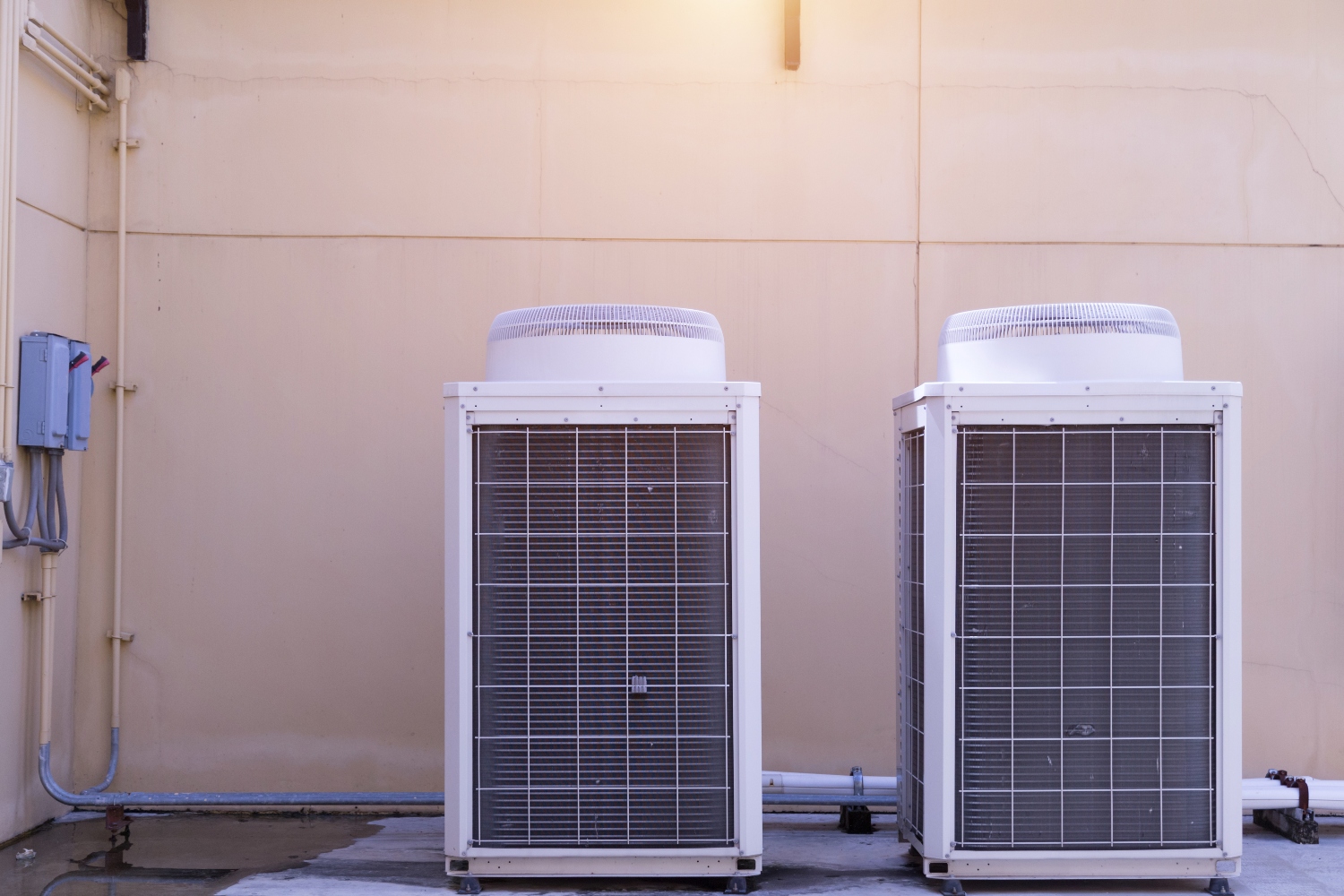
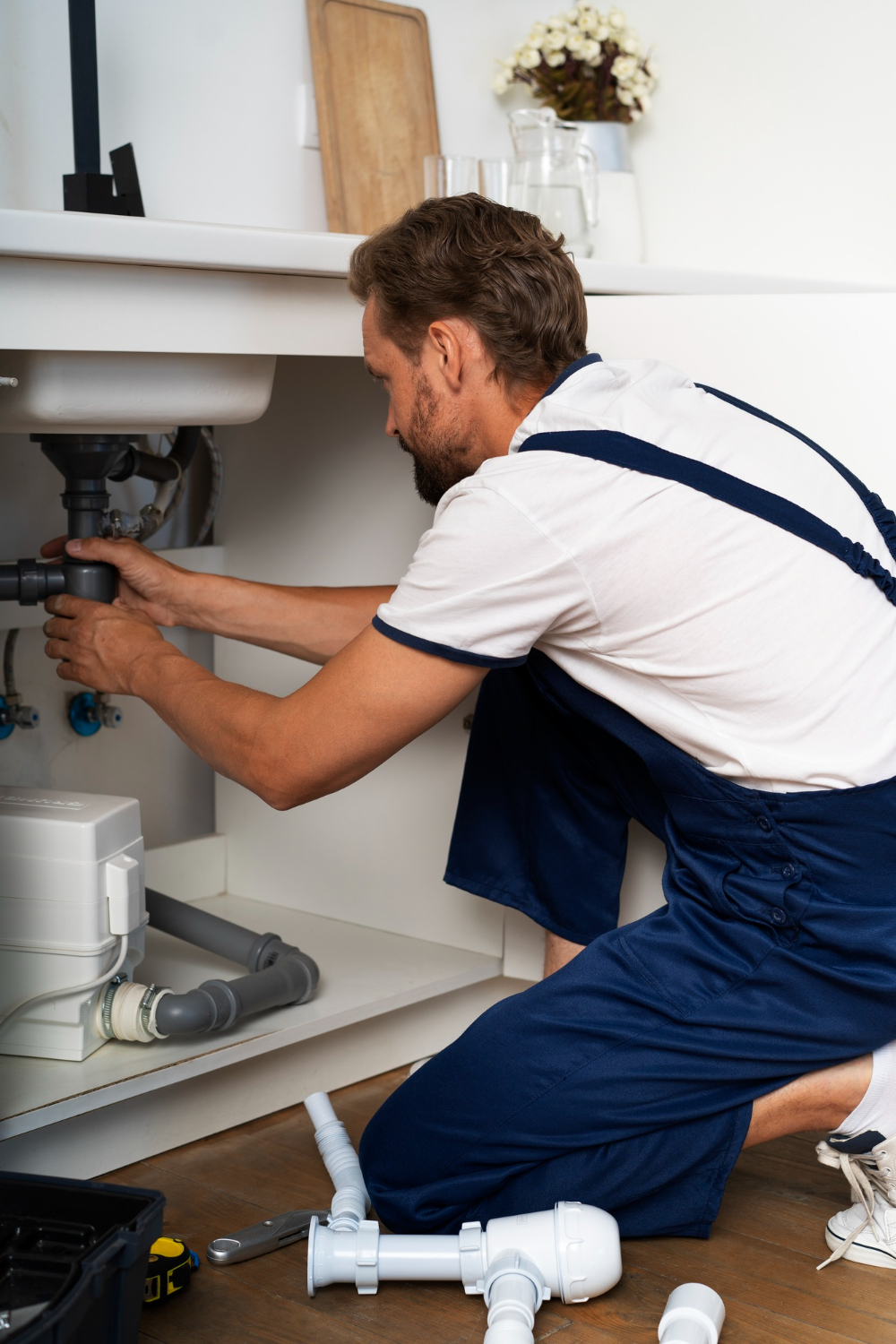
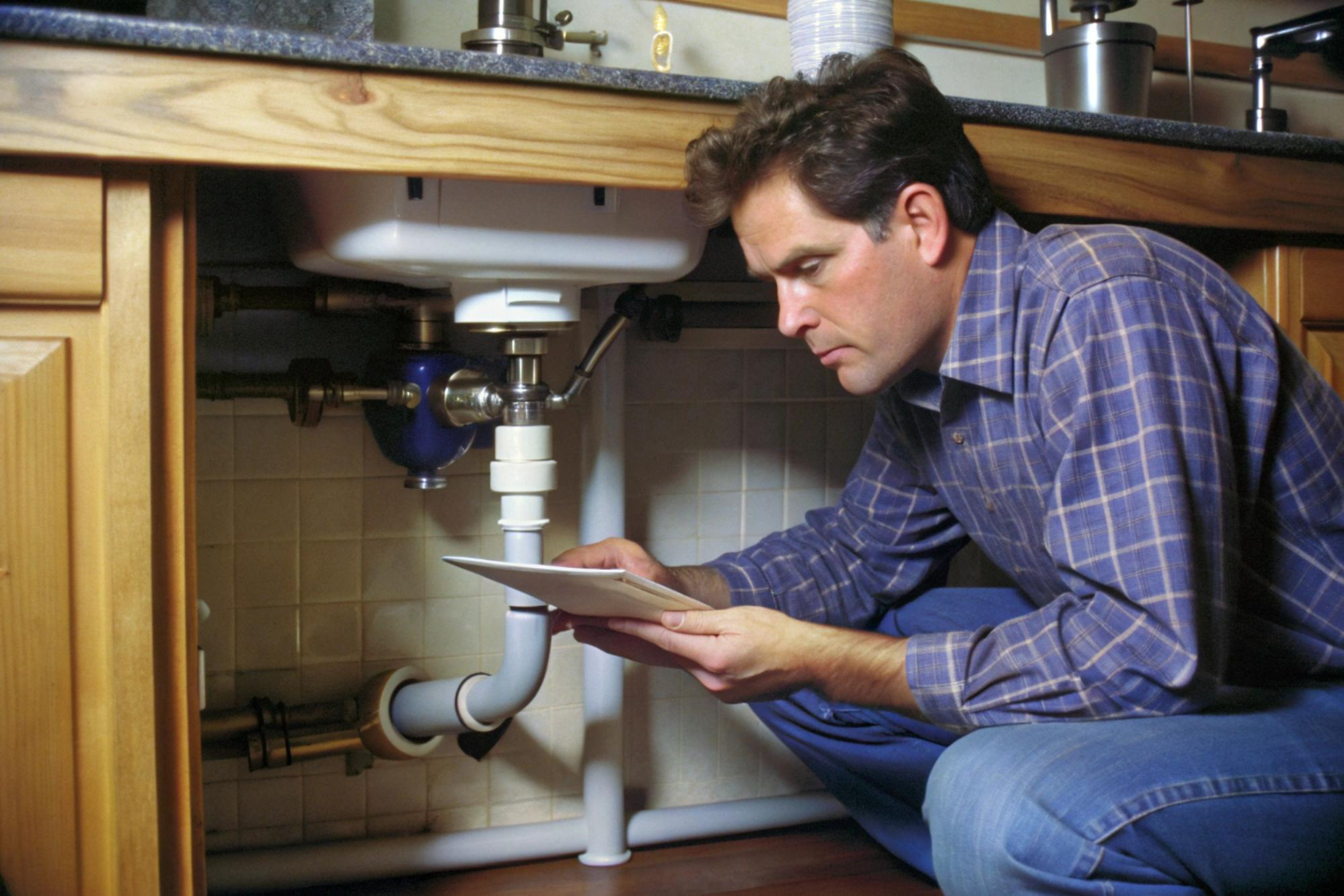
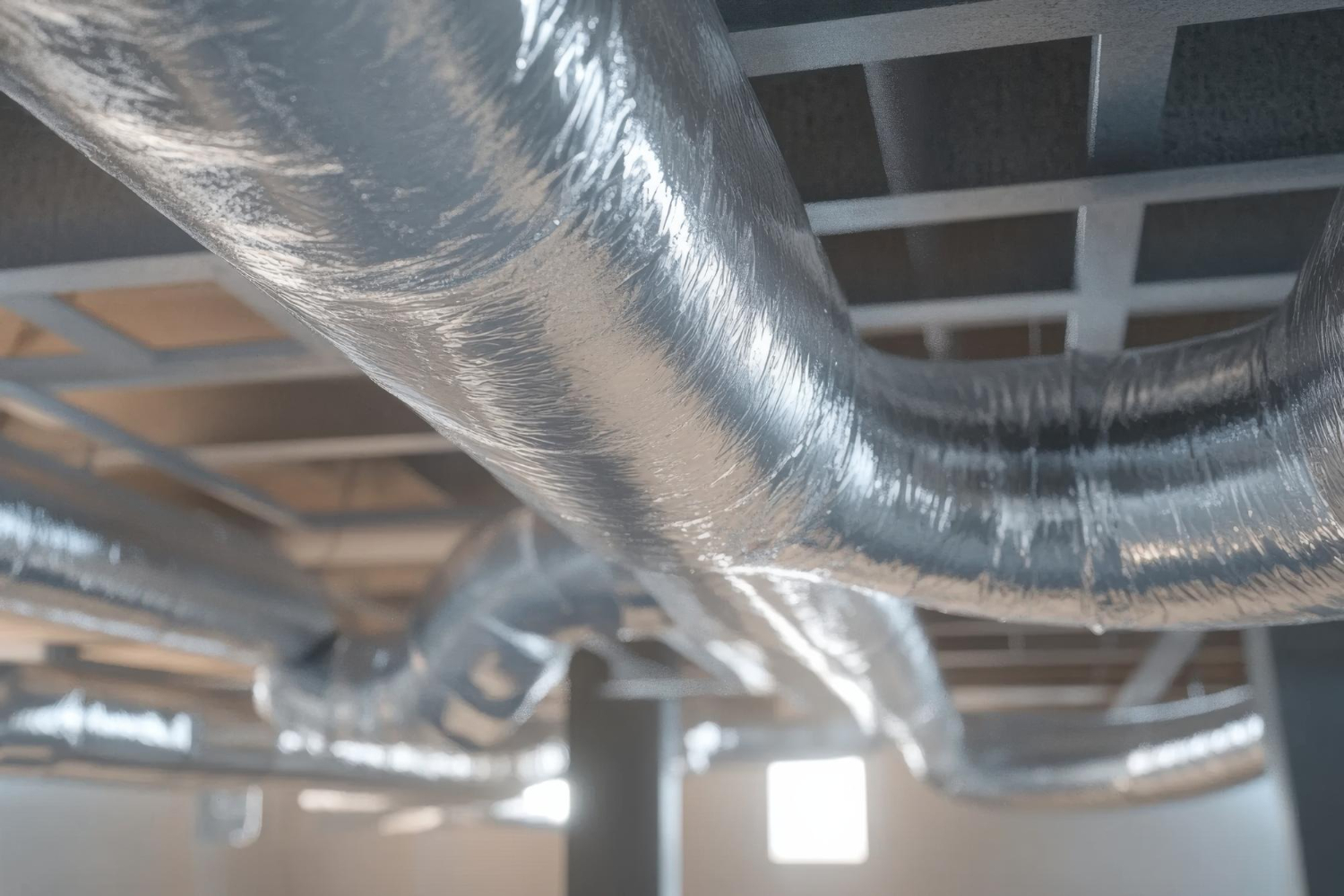
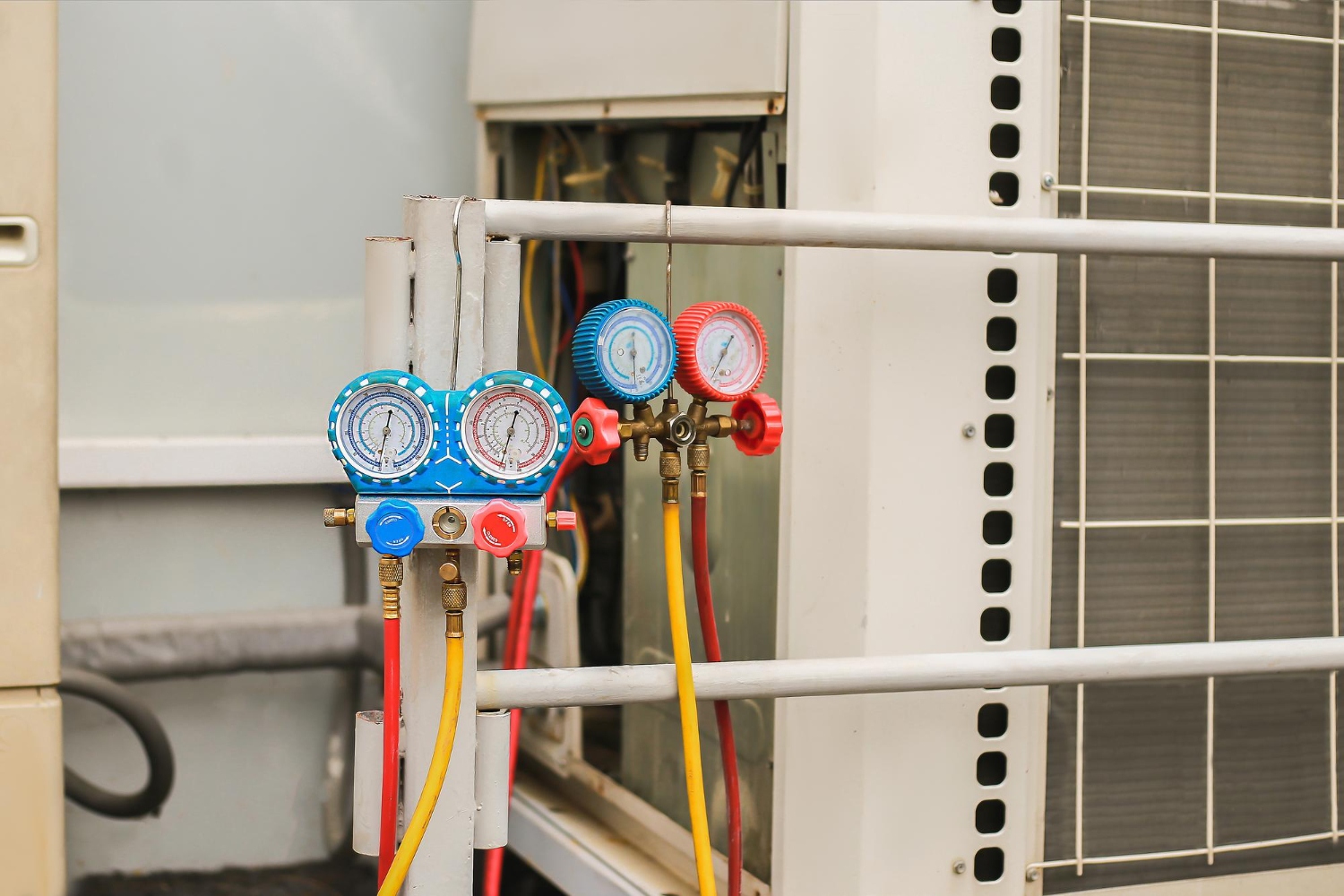
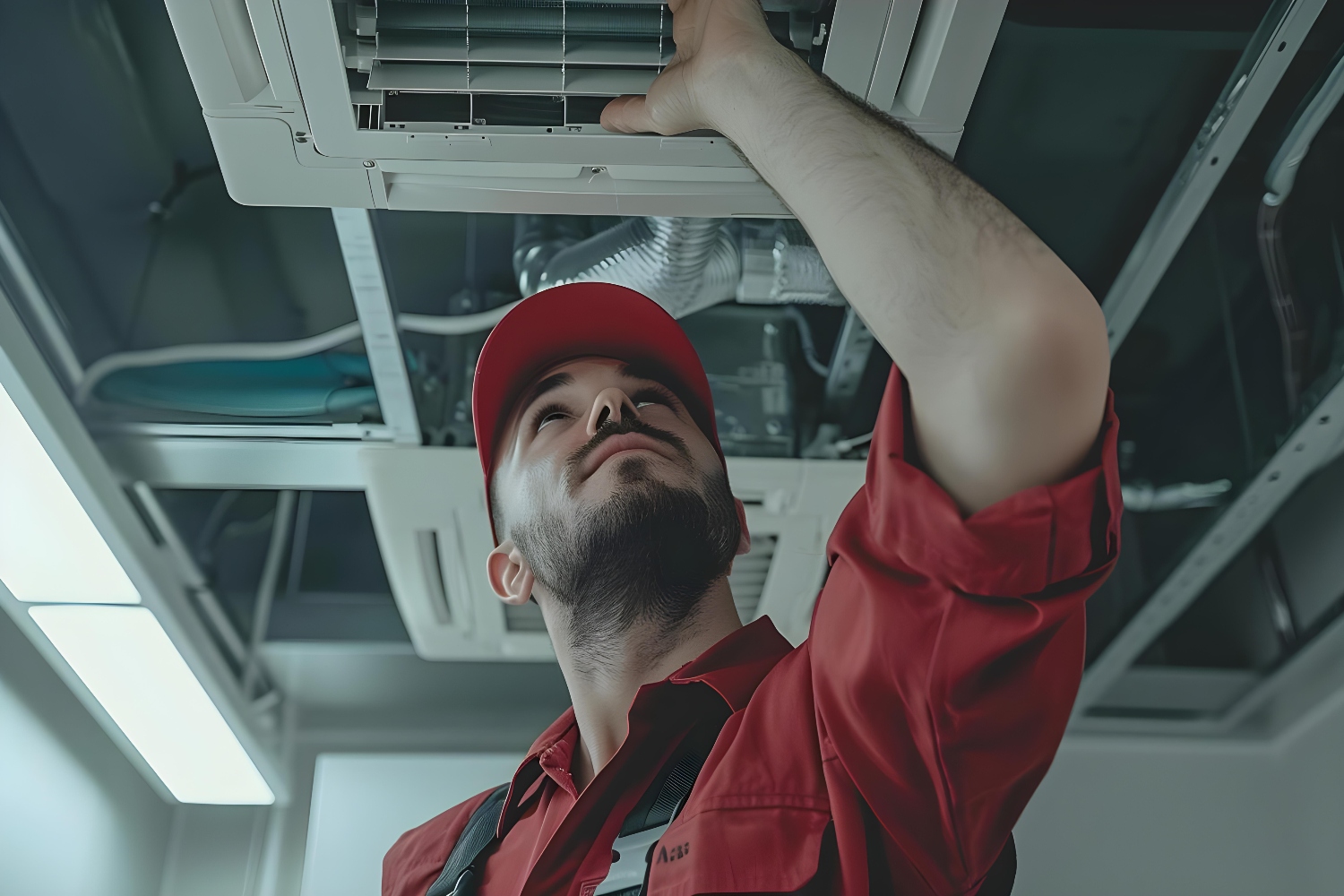
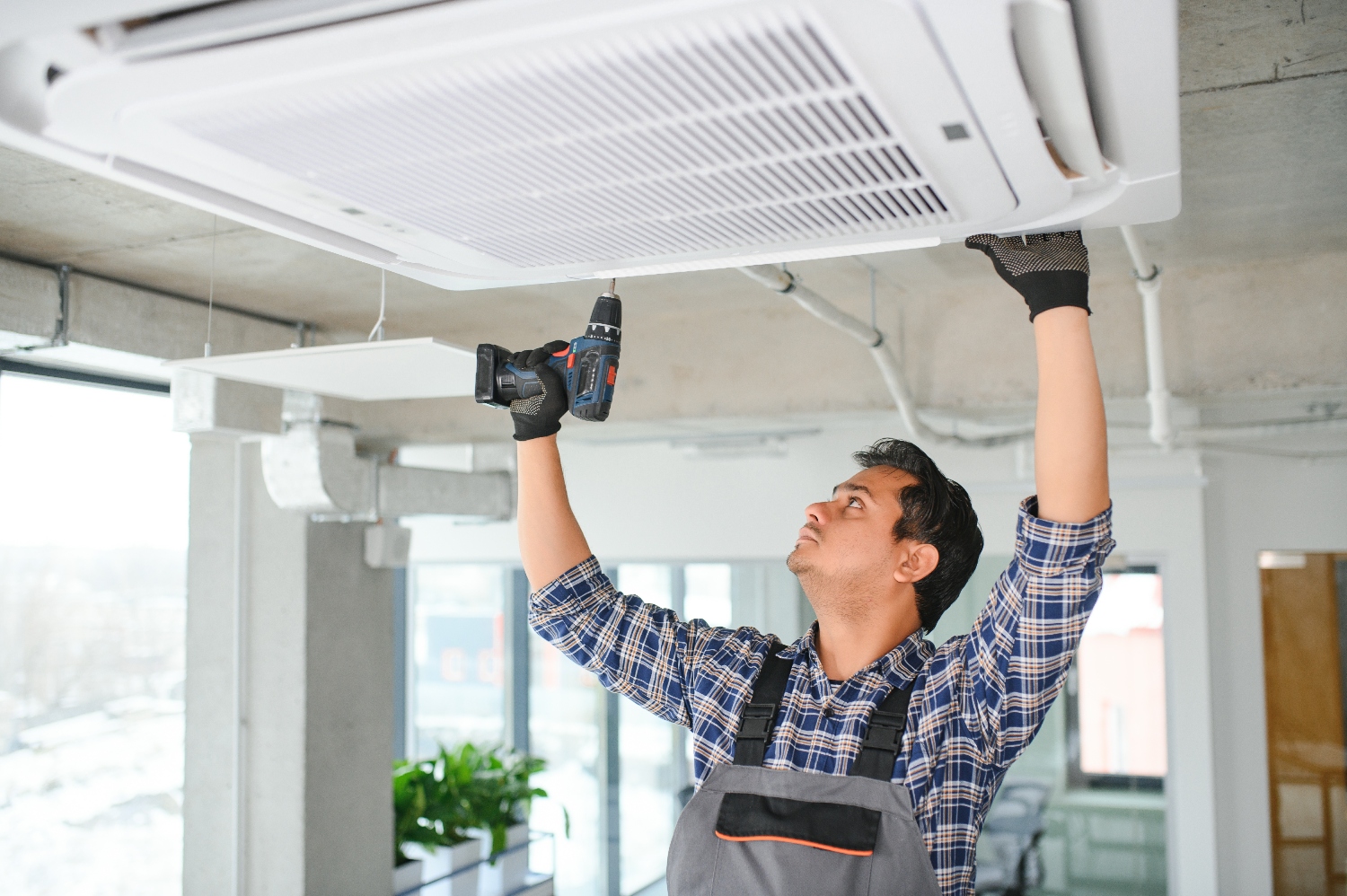
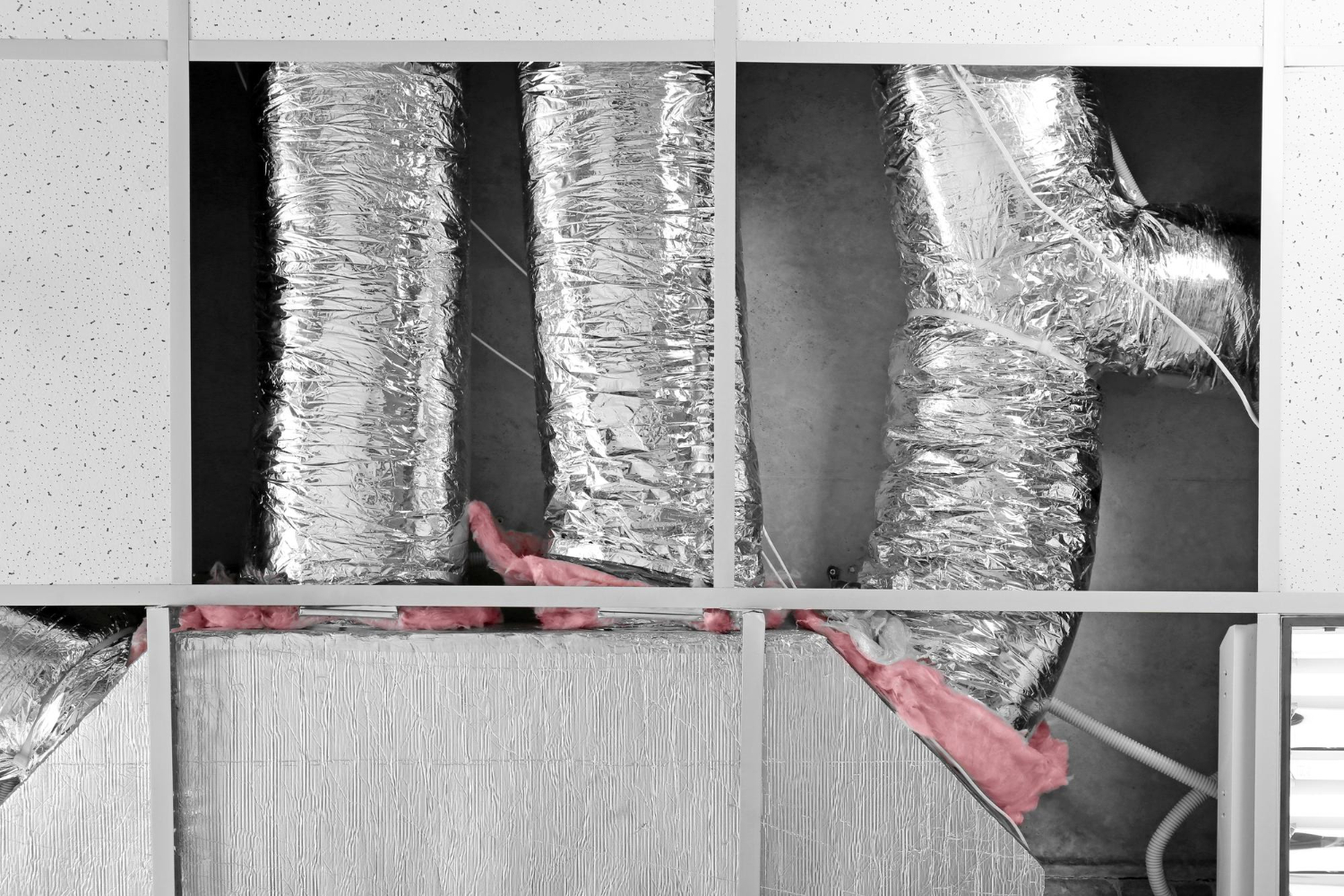




























































.jpg)
.jpg)

.jpg)
.jpg)




















